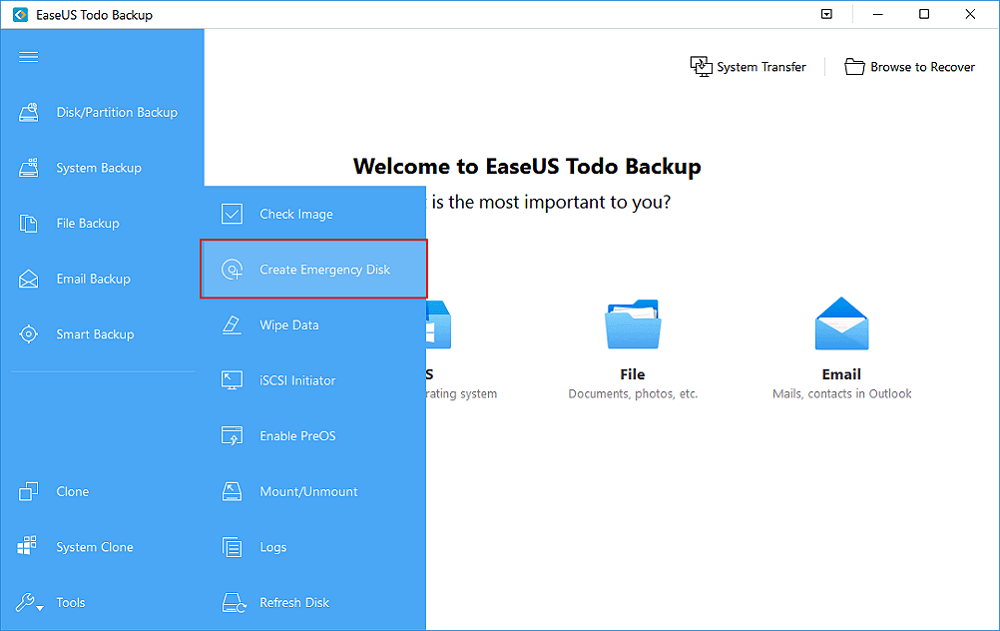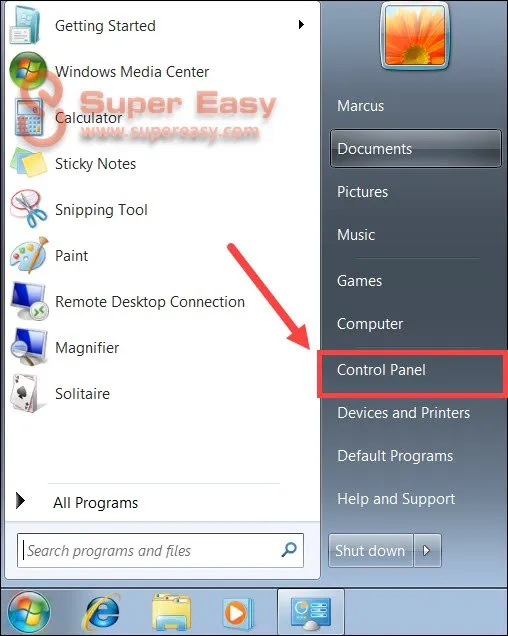



From Disk Management, you can determine which drives you would like to format and begin the process. You can begin formatting from either your Control Panel, which will allow you to access Disk Management, or you can type “diskmgmt.msc” into the Run box, or type it directly into the search bar beside your Start menu or you can just use data destruction or data shredding method. For one, you can choose to format your PC if you happen to have a repair or installation disc handy. If you want to try a different route, there are a couple of additional options you can choose to wipe your hard drive. If you choose to remove everything, your PC will be returned to factory settings. You will be given the option to save all of your files or remove everything from the hard drive. Windows 10- Start> Settings> Update & Security> Recovery (will be on the left panel)> choose the “Get Started” option under “Reset This PC”.Under PC Settings, choose “Update and Recovery” before choosing “Remove Everything and Reinstall Windows” Windows 8.1- Reset directions for Windows 8.1 are almost identical to Windows 8 other than one simple step.Windows 8- choose “Settings” from the Charm Bar> Change PC Settings> General> choose the “Get Started” option under “Remove Everything and Reinstall Windows”> Next> select which drives you want to wipe> choose whether you want to remove your files or fully clean the drive> Reset.Follow the reset path for your chosen Windows version: You may come across options to either Refresh, Restore, or Reset your Windows computer and if your desire is to return the PC to its factory setting, you’ll want to choose the Reset option. If you’re working with a Windows 8, Windows 8.1, or Windows 10 computer, you’re in luck! These versions come with a built-in tool or tools that make wiping the hard drive quite easy. Wiping the Hard Drive for Windows 8, 8.1, or 10 In addition, manually deleting information does not prevent the PC’s future owner from accessing your “deleted” files by means of third-party retrieval software. For example, if the Windows operating system is deleted, the PC will no longer work unless a new operating system is installed. Not only will this not correctly wipe the hard drive, you might also accidentally delete files that the system needs to operate. When trying to wipe a PC’s hard drive, many people make the mistake of manually browsing the files and deleting folders as they see fit. 3 Steps to Wipe a Hard Drive Without Deleting Windows 1.


 0 kommentar(er)
0 kommentar(er)
